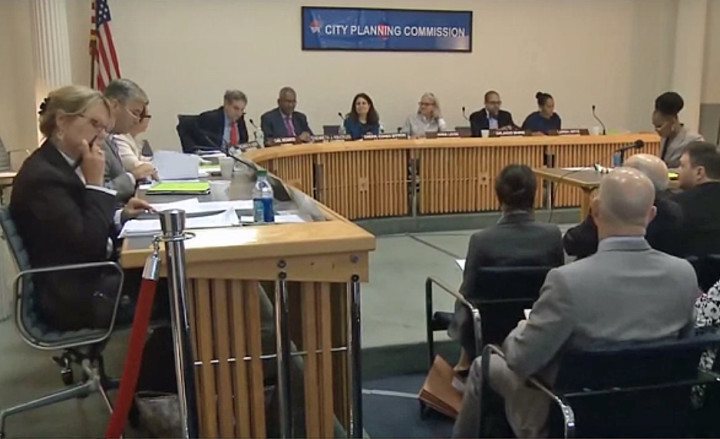
The New York City government is campaigning to adopt two well-publicized amendments to the citys Zoning Resolution. These amendments, which the NYC Department of City Planning refers to as Zoning for Quality and Affordability (ZQA) and Mandatory Inclusionary Housing (MIH), are considered keystones to Mayor Bill de Blasios broader plan to create affordable housing and stimulate a diversity of incomes in neighborhoods.
The ZQA and MIH amendments have met with strong opposition at the community level. The vast majority of community boards that took an official stance on the proposals voted against them, as did each of the five borough boardsthe bodies composed of each boroughs community board and elected officials. Of course, as the mayor has pointed out, these votes are not binding. The twin proposals will now continue through the Uniform Land Use Review Procedure, known as ULURP, with hearings at the City Planning Commission on December 16 and at the City Council in January.
The journey of ZQA and MIHthrough the ULURP process(it is not a ULURP action, formally, but still goes before community boards, borough boards, the City Planning Commission, and City Council for approval) has sent us back into the CHPC archives to find precedent for amendments like this. First, we landed on an extensive record of correspondence between CHPC, its board members, and city agencies related to a citywide rezoning in the early 1950s. By that time, many observers recognized that the 1916 Zoning Resolution was outdated. CHPC was among the supporters of a broad rezoning strategy.
A letter dated March 31, 1952, contains testimony that a CHPC board member (below), architect Frederick G. Frost, Jr., delivered to the City Planning Commission on behalf of CHPC. In his testimony, Frost outlined two ways to both create good new housing and maintain sound existing housing: first, to encourage the creation of [a] desirable environment; and second, protect the desirable environment from decay.
Please wait while flipbook is loading. For more related info, FAQs and issues please refer to documentation.
Among the recommendations Frost laid out was that a lack of full understanding was partially to blame for some of the objections the rezoning proposal faced. He wrote that it was impossible for individuals or organizations to spend the amount of time H.B.&A. did to understand this highly complex matter. In conclusion, he recommended adopting the proposed resolution because All growth involves change, and New Yorks growth must be by redevelopment rather than expansion.
Following this,CHPC wrote a letter of support to the City Planning Commission (below), which contained the minor critiques that CHPC members offered for the various details of the proposal. In the words of CHPCs Ira Robbins, Criticism of minor details should not be allowed to unduly delay its adoption because the proposed resolution makes ample provision for whatever amendments may prove necessary or desirable after its adoption.
Some of the stiffest resistance to todays ZQA and MIH proposals stem from the loosening of parking requirements for new senior housing. Robbinss letter from 1952 echoes the same issue: CHPC believes the proposals for off-street loading and parking represent the least that should be done through zoning to relieve the intolerable congestion of city streets, resulting from the use of this public property for essentially private functions.
Please wait while flipbook is loading. For more related info, FAQs and issues please refer to documentation.
The second set of interesting archival documents comes from the 1980s. By that point, the city had been rezoned and was beginning to emerge from the edge of bankruptcy. In addition, the city had adopted the ULURP protocol for land use reforms such as ZQA and MIH when it amended its charter in 1976. But the administration of Mayor Ed Koch was pressing for ULURP reform by 1980. City officials now say the process has become the bane of developers seeking to build with public funds or on public land, and also of the agencies that want to dispose of city-owned land, read aNew York Timesreport from that year.
The Nova Institute conducteda survey of the citys community boards regarding the proposed limits to ULURP. Its report states, ULURP is seen by community boards as one of the few genuine pressure points available to them. Community board members acknowledged that the process was too lengthy and needed reform, but focused their suggestions on the curtailing pre-certification process and giving boards the right to waive public hearings.
Robert F. Wagner, Jr. (son of the mayor by the same name), who helmed the City Planning Department at the time, defended ULURP against complaints that it was too onerous. My view is that community input is always important, Wagner said, but more importantly even if you tried to avoid it you would get it anyway in a lot less constructive manner.
As always, todays policymakers would do well to dive into the citys past and find that current debates mirror those of bygone decades.
Please wait while flipbook is loading. For more related info, FAQs and issues please refer to documentation.
